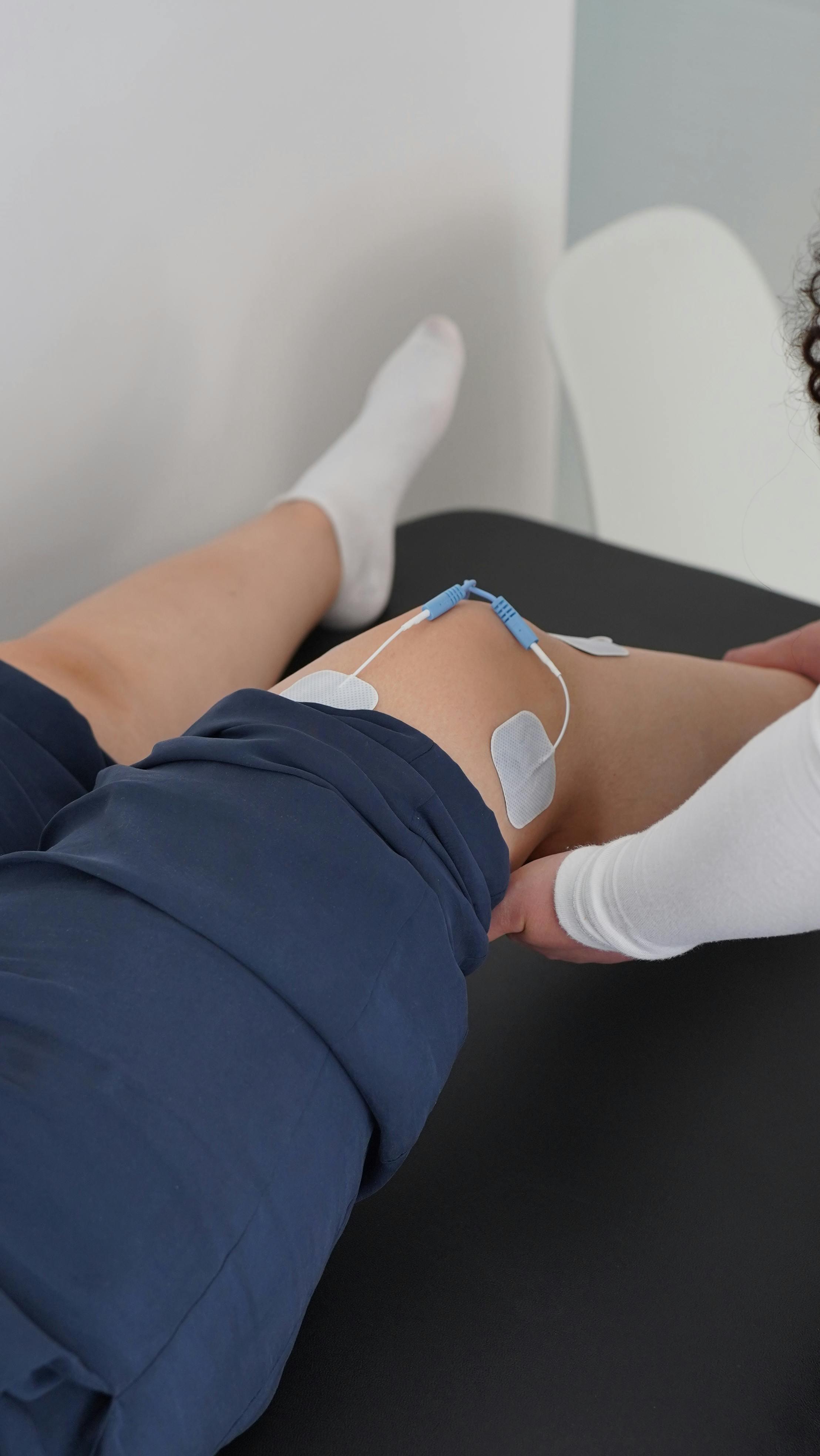Neurosurgery has long been a field where precision is not just beneficial—it’s vital. The brain’s complex architecture demands techniques that minimize risk while maximizing outcomes. One of the most transformative innovations in this domain is cranial navigation. This technology has redefined how neurosurgeons approach the brain, offering enhanced safety and anatomical accuracy during procedures.
Companies like HRS Navigation are at the forefront of this revolution. Their state-of-the-art systems, such as the easyNav™ surgical platform, provide real-time navigational guidance, enabling clinicians to perform cranial, spinal, and ENT surgeries with heightened confidence and accuracy. Their tools are designed to elevate clinical outcomes through intelligent, intuitive navigation technology.
Understanding Cranial Navigation
Cranial navigation refers to the use of computer-assisted systems that guide neurosurgeons through the intricate structures of the skull and brain during surgery. It allows for real-time localization of surgical instruments in relation to preoperative imaging data, such as CT or MRI scans. Think of it as a GPS for the brain—highlighting exact coordinates, pathways, and structures, ensuring the most direct and least harmful route to a surgical target.
The system triangulates positioning using either optical or electromagnetic tracking, overlaying the surgeon’s tools onto high-resolution 3D brain maps. This confluence of spatial awareness and anatomical visualization is what makes cranial navigation indispensable in today’s operating rooms.
Historical Context: From Craniotomy to Navigation-Guided Surgery
Historically, neurosurgeons relied heavily on surface anatomy and tactile feedback. Craniotomies—once guided primarily by experience and intuition—carried significant risks, including unintended damage to healthy brain tissue and neurological structures.
The introduction of stereotactic frames in the mid-20th century marked a significant advancement. However, the true leap forward came with the integration of digital imaging and computing power in the 1990s. This allowed neurosurgeons to "see" beneath the surface with astonishing clarity, giving rise to modern cranial navigation systems.
Key Technologies Powering Cranial Navigation
At the heart of every cranial navigation system lies a fusion of several cutting-edge technologies:
-
High-resolution imaging: CT, MRI, and functional MRI (fMRI) scans serve as the foundational maps. These images are imported into the system, providing a detailed view of the patient’s unique cranial anatomy.
-
Registration algorithms: These calibrate the patient’s physical position with the digital model, ensuring absolute alignment.
-
Tracking systems: Optical or electromagnetic sensors monitor the movement and orientation of surgical tools in real time.
-
Augmented overlays: Many modern systems offer real-time visual augmentation on screens or through surgeon headsets, merging reality with digital anatomy.
Together, these technologies offer a navigational roadmap that can adapt dynamically as the procedure progresses.
Benefits of Cranial Navigation in Neurosurgical Procedures
The utility of cranial navigation extends far beyond technological novelty. It translates directly into improved surgical outcomes and patient safety:
-
Precision targeting: Surgeons can isolate and reach deep-seated lesions with remarkable accuracy, reducing collateral damage.
-
Tissue preservation: Navigational systems help avoid critical areas, such as the eloquent cortex, motor pathways, and vasculature.
-
Shorter operative times: With clear guidance, the time spent locating and accessing pathology is minimized.
-
Minimally invasive options: Smaller incisions, less brain retraction, and reduced trauma contribute to quicker recovery and shorter hospital stays.
These advantages are especially critical in surgeries where millimeters can mean the difference between preserved function and neurological deficits.
Cranial Navigation in Complex Neurosurgical Cases
The role of cranial navigation is particularly indispensable in intricate or high-risk surgeries:
-
Brain tumors: In glioma resections, navigation helps delineate tumor margins, preserving vital cognitive or motor areas.
-
Epilepsy surgery: Localization of seizure foci and avoidance of eloquent cortex regions are made significantly safer with navigation.
-
Vascular malformations: Navigational mapping aids in safely bypassing or excising arteriovenous malformations (AVMs) with minimal risk.
In pediatric neurosurgery and deep-seated lesion cases, cranial navigation has been a game-changer, facilitating surgical confidence and reducing operative morbidity.
Research and Evidence-Based Impact
The clinical efficacy of cranial navigation is supported by a growing body of evidence. A study published in the Journal of Neurosurgery found that image-guided systems significantly reduced surgical errors and improved tumor resection completeness in glioblastoma patients (source).
Moreover, a systematic review in Neurosurgical Review reported that cranial navigation contributed to shorter operation times and reduced complication rates across diverse neurosurgical interventions.
These studies, among others, underline the measurable benefits in both surgical performance and patient recovery trajectories.
Innovative Contributions from Industry Leaders
Among the most influential players in the cranial navigation landscape is HRS Navigation. Their easyNav™ surgical system is engineered for simplicity and sophistication. It empowers surgeons with intuitive tools that provide real-time, highly accurate visual guidance—especially in delicate or high-precision procedures.
HRS Navigation focuses on refining surgeon workflow and enhancing intraoperative confidence. Their systems are modular, adaptable, and seamlessly integrate with existing hospital infrastructures, making them ideal for a wide range of procedures beyond cranial—extending into spinal and ENT surgeries as well.
By combining innovation with clinical utility, HRS Navigation exemplifies how technology can be both advanced and user-centric.
Challenges and Future Directions
Despite its promise, cranial navigation still faces challenges:
-
High cost of adoption: Initial investment in hardware, software, and training can be significant, particularly for smaller hospitals.
-
Learning curve: Mastery of navigation systems requires dedicated training and hands-on experience.
-
Technological limitations: Current systems may still suffer from calibration drift or line-of-sight obstructions with optical trackers.
Looking forward, the integration of artificial intelligence, robot-assisted neurosurgery, and augmented reality is set to push cranial navigation even further. Predictive modeling, automated segmentation, and virtual simulation will likely become staples in the operating room of the future.
Conclusion
Cranial navigation represents a paradigm shift in neurosurgical methodology. By enabling unparalleled precision and minimizing risks, it is redefining what is possible in brain surgery. The fusion of technology and medicine, particularly through tools like those developed by HRS Navigation, is ushering in a new era where safety and surgical excellence go hand in hand.
As innovation accelerates and accessibility improves, the promise of cranial navigation will become not just a tool, but a standard in delivering world-class neurosurgical care.

